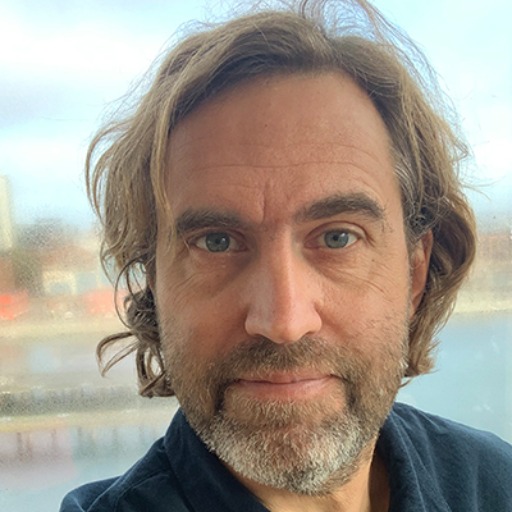Increasing the understanding of human learning

According to Hamza Ouhaich, the integration of technology in education today offers transformative potential that can personalise learning, support teachers and provide valuable insights into the learning process.
How can the learning process can be improved through data-driven methods? This is something Hamza Ouhaichi investigated in his thesis.
“I want to explore the intersection between those who design the technology and those who use it, to investigate and understand how human learning takes place,” says Ouhaichi, who is based at the Department of Computer Science and Media Technology at Malmö University.
I would say it's only up to our imagination how we can use these digital tools to improve our learning.
Hamza Ouhaichi
According to Ouhaich, integrating technology into education offers transformative potential, especially with the advent of data-driven approaches that can personalise learning, support teachers and provide valuable insights into the learning process. So-called multimodal learning analytics (MMLA) is one method in this context. By collecting and analysing data from multiple sources – such as video, audio and even movement – MMLA provides a holistic view of learning experiences and the possibility to tailor interventions.
The research field centres around learning analytics which is linked to data analytics. The goal of data analytics, used by Google and other large platforms, is to understand user and consumer behaviour and engagement.
“This can be applied to students in the classroom because it is also about engagement. And that engagement today often happens through digital means. Which means we can track student engagement through different learning platforms. A lot of learning happens through channels other than the computer, and that's where multimodal learning analytics comes in.”
According to Ouhaichi, this raises a lot of ethical questions. Because what does it mean that we want to monitor and review students to understand and improve their learning?
“This is one of the most common questions I get asked. What does it mean for privacy? And the trickiest question here, I would say, is about intent. Because once a solution is in place and normalised, it can be used in exactly the way the service provider wants. Which brings many risks.”
Through the concept of a language cafe, where people were invited to learn Swedish, Ouhaichi has practiced learning through multiple digital sources. At the “café”, a group sits and talks to each other, with the conversation picked up by a microphone that is directly connected to a ChatGPT function, so that the AI function helps them with the dialogue.
“We can ask it, for example, how do you say a particular word in Swedish. At the same time, our entire conversation is recorded, so afterwards we can see how long each of the participants spoke, but also which words they pronounced correctly or incorrectly. I would say it's only up to our imagination how we can use these digital tools to improve our learning,” adds Ouhaichi.
